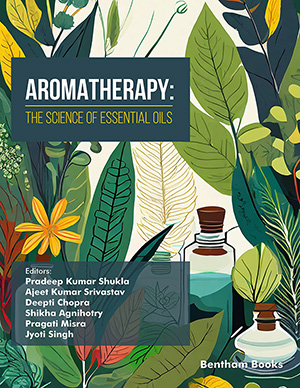
Abstract
Nanomaterials have one dimension < 100nm and possess chemical properties dictated by chemical composition, their unusually small size and very large proportional surface area. Even chemically inert materials can have significant chemical activity on the nanoscale (e.g. surface catalysis). Some nanomaterials are toxic in biological scenarios but remarkably little is known about this, especially in terms of key attributes underlying toxicity. Recent research suggests that nanomaterials can cross important biobarriers (e.g. blood-brain), enter cells and trigger oxidative stress by production of reactive oxygen species. Key factors in nanomaterial toxicity seem to be size, structure, chemical composition and a “corona” of proteins coating the particle which may confer biological functionality. Nanomaterials have extensive applications in low-volume, high-value scenarios such as biomedical devices but it is projected that they will increasingly feature in high-volume, low value applications (e.g. food packagings). Thus, nanomaterials may present an emerging longterm environmental threat. This review summarizes some of the key recent studies on nanomaterial toxicity in a variety of biological systems; the biological consequences of this toxicity and attributes of nanoparticles implicated in toxicity. The wider environmental implication of large-scale nanomaterial use is also discussed and perspectives for future research explored.
Keywords: Nanomaterials, nanotechnology, nanotoxicology, toxicity, oxidative stress, environment, ecotoxicology, size, cell


























